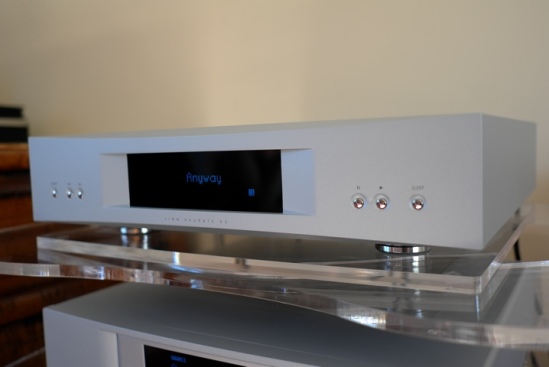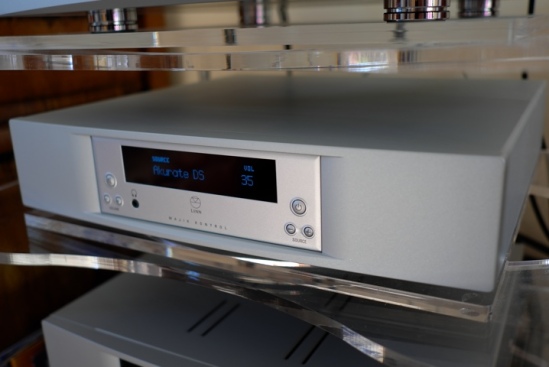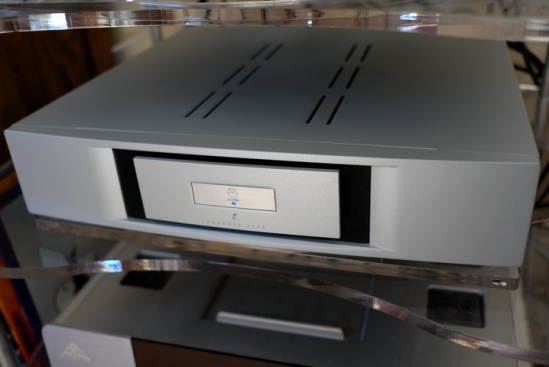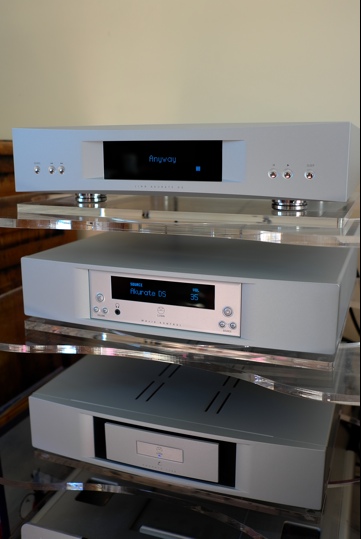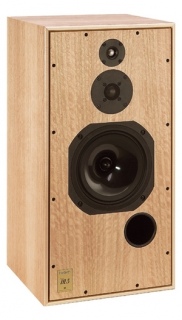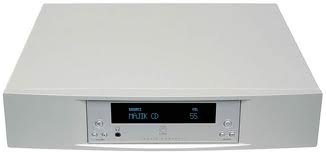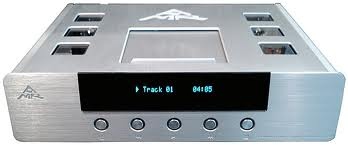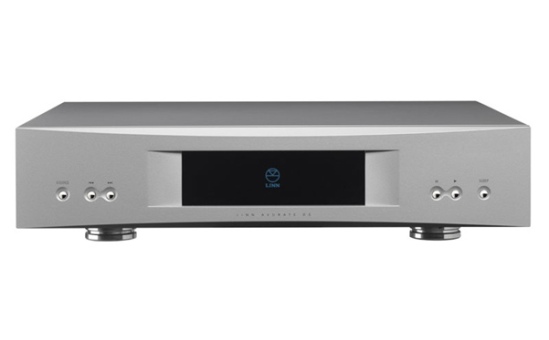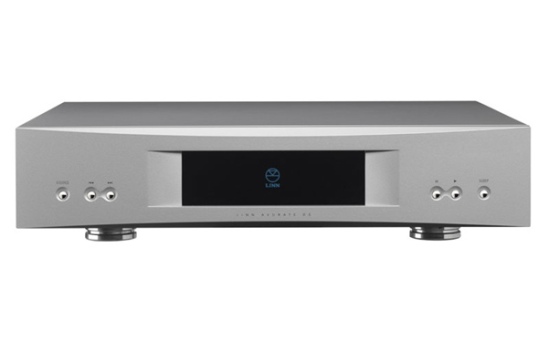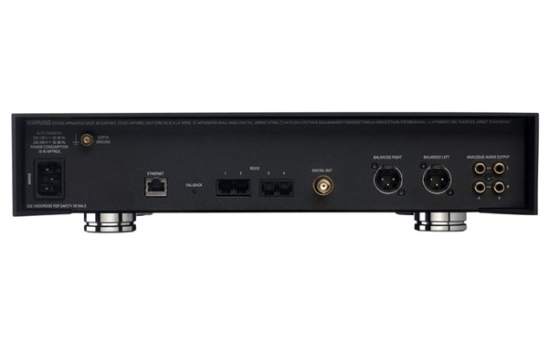The Totem Model 1 Signature
My desire to try out the Totem Model 1 Signature has not been with a view to changing from the wonderful Majik 140 but simply to see if there is an alternative brand that can offer a synergistic match to my Linn electronics at a price point between the Majik and Akurate ranges.
I am aware that the upgrade path with the Majik range would be to go “activ” before taking the jump to Akurate level but there is a substantial financial investment required to do this. Also, space for the extra amplification is required. Purchasing a set of speakers slightly more expensive than the Majik’s may yield a better interim sonic return on your money.
And so, after Phil at Totem UK kindly offered to loan me a pair of the Model 1’s, I had them set up next to the 140’s and was ready to see when these diminutive boxes could do.
The Model 1S is a two way standmount design with a heavily modified Dynaudio Bass Driver and Seas metal dome tweeter. Two pairs of fabulous WBT binding posts adorn the rear of each speaker which naturally allow either single wire (with links), bi-wire or bi-amp configuration. For the time I had the speakers I bi-wired them.
The Dynaudio Bass Driver
The loaned pair of speakers were finished in a fantastic Cherry veneer. The cabinets are made in a traditional woodworking method utilising lock mitred joints and this is reflected in the way the cabinet feels: solid as a rock.
The insides of the cabinet walls are also veneered and then lined with a material called borosilicate. According to Totem this is vastly superior to the traditional use of foam which can not only degrade over time but can also store electromagnetic energy influencing the performance of the drivers. I am no scientist but this to my mind does make sense and something I had not considered before.
I used the only pair of speaker stands I own which were collecting dust in the garage namely the Custom design RS300. I used them filled and would recommend the heavier more inert the support for these speakers the better.
As recommended by Totem I set the speakers up firing straight ahead. I never felt it necessary to experiment with toe in.
The Model 1’s have a soundstage that has to be heard to be believed
The system with which I exclusively used the Model 1’s is as follows:
Linn DS
Lector CD7
Linn Majik Kontrol Pre-amplifier
Akurate 2200 Power Amplifier
Cabling was all Linn
To start I played one of my favourite James Taylor tracks: Gaia from the Hourglass album. The first thing that struck me was the sheer enormity and solidity of the soundstage. James Taylor’s voice was locked dead centre in cavernous acoustic space with backing singers spread to the sides and beyond the speakers. Each instrument was clearly delineated and easy to follow. Not in a surgical, clinical fashion – the presentation was organic and rich with a slight hint of forwardness that made gave life to the recording.
Linn use the 2K driver configuration in the 140’s to aid dispersion of the higher frequencies but the simple set up the Model 1’s created a presentation that was wider, cleaner and more focussed than I have ever heard through the Linn’s.
With regards to high frequency rendition and again competing with Linn’s tweeter/super tweeter approach the 1’s seemed to be more extended although not quite as smooth. Certainly not aggressive though. There was a lot more detail at this level which made the high frequencies more obvious.
There was a leanness to the bass as you would expect but after a while I didn’t feel like I was missing out on the message of the music as the bass produced seemed deep enough with acoustic bass certainly easier to follow than with the Linn. The rest of the presentation was so involving and natural that after a while I didn’t give it a second thought. It wasn’t until plugged the Linn’s back in that I appreciated what was missing.
The Seas Treble Unit
I have now spent many a happy hour playing track after track discovering what these incredible little speakers can do. Each track would throw up a new level of detail or nuance that would put a smile on my face. Listening to the likes of Eva Cassidy can be unnerving with her voice and acoustic guitar palpable between the speakers.
If your music collection is predominantly made up of any of the following or similar then I can confidently say that, subject to your electronics being up to the job, these speakers are for you:
Diana Krall, Norah Jones, James Taylor, Dougie McLean, Lucy Kaplansky, Keb Mo, Eva Cassidy, Alison Krauss, Gretchen Peters, Mozart, Vivaldi, Bach.
If you live on a musical diet of Metallica, AC/DC, Mahler or Wagner the Model 1’s will simply not give you the bottom end authority to do justice to the types of music synonymous with these artists/composers.
To conclude these are truly world class speakers that seem to defy the laws of physics. The bass they can produce has to be heard to be believed. But, to me, it is in terms of sound staging, reproduction of acoustic instruments and vocals (especially female) where they score most highly. They are also thoroughly engaging connecting you to the message and emotion of the music being reproduced. Many times I would find myself listening through track after track happily discovering new details.
Traditional driver configuration
So where is the downside? Well, the speakers retail at around £2,200 which is around 30% higher than the Linn Majik 140’s. Not an insignificant outlay for a compact pair of speakers.
The market for compact standmount speakers is also jam packed with alternatives from the likes of Proac, Harbeth, Dynaudio, Kudos, Sonus Faber and Monitor Audio to name but a few.
I have owned or extensively listened to speakers from all of the above brands and whilst the Totems are top of the pile when it comes to cost I believe their sonic performance justifies the outlay. Something that cannot be said for many other brands. When you add in the quality of the construction and the material’s used (which gives peace of mid from a long term performance perspective) then I think that they are worth the asking price.
I would urge you to try and get to listen to a pair. If not to buy at least to get to hear what is possible to achieve with a properly engineered mini monitor. You may want to leave your credit card at home because one listen could be enough to make you want to buy a pair right there and then. To me they are that good.
Link to Totem website: http://totemacoustic.com/en/hi-fi/compact/model-1-signature/












